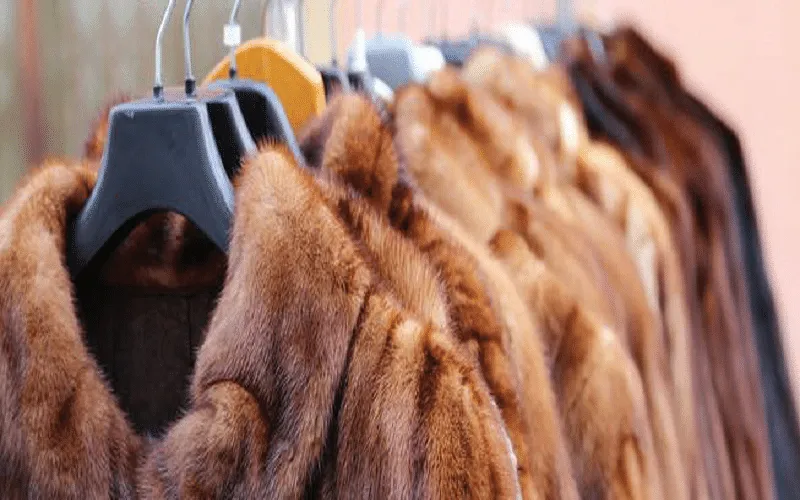Once an important contributor to Kashmir economy, the furrier fraternity is awaiting rehabilitation since their trade was banned by the government about 23 years ago.
With India being signatory to International Convention on wildlife protection and also due to pressure from wildlife conservation groups, the government in 1997 banned the sale and procurement of fur.
In the beginning of 1997, the fur manufacturers were asked to surrender stocks after the government decided to put a blanket ban on this trade under J&K Wildlife Protection Act, 1978.
Few decades ago Kashmir had a booming fur trade with a lot of people eking out their livelihood from it. Fur jackets of Kashmir were famous and tourists used to specifically visit this place to purchase Kashmiri fur items.
Vice-President, Kashmir Furrier Association, Ghulam Rasool Dar while narrating the poignant tale of his fraternity said that for last 23 years they are running from pillar to post for their rehabilitation.
“Our community has suffered a lot. We are demanding that furriers whose stocks were taken by the government should be given shops at tourist destinations within the municipal limits of Srinagar so that they can do some other business,” he said.
“Kashmiri fur industry was famous throughout the world. Kashmir was the largest fur manufacturer in Asia. We used to get orders from foreign countries for famous Kashmiri handmade fur items,” he said, adding that his foreign customers even used to invite him for any alteration or redesigning of fur items.
The affected fur traders and taxidermists, however, were entitled to receive the compensation for their stock.
Muhammad Maqbool a furrier said: “I had 20 workers working with me, but after the ban all my hopes were dashed. I used to earn more than Rs 20,000 per month by making fur items; and I also provided job to many of my artisans. But now I have to survive on a meagre Rs 2000 per month that I earn from making items of sheep skin.”
“My two sons who were also in the fur business, are unemployed today,” Dar said.
A committee headed by the then officers of Wildlife Department, representatives of furriers, State Handicrafts and Forest Departments made an inventory of the stocks in 1997 and also fixed the compensation.






